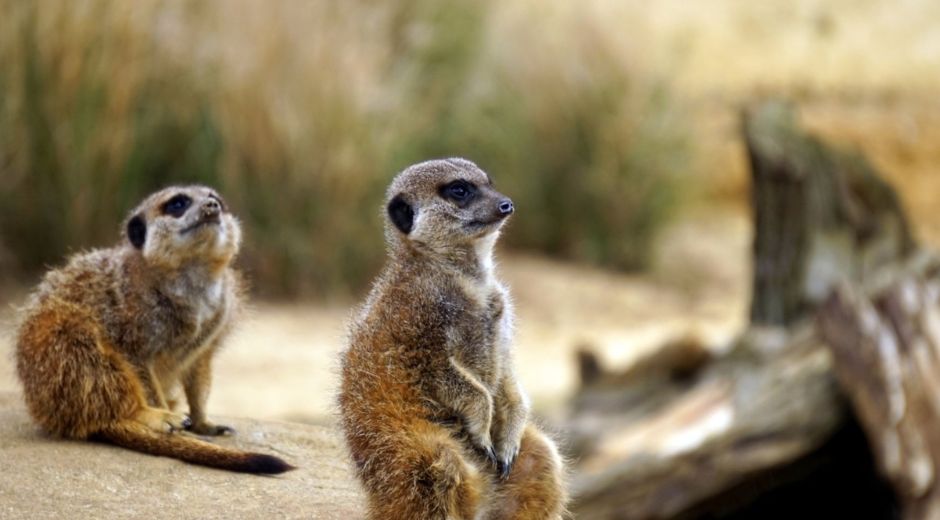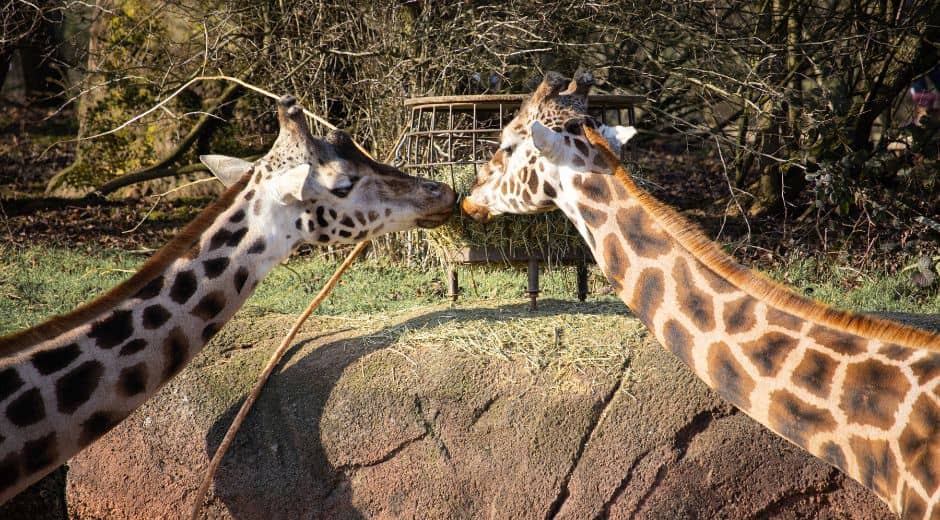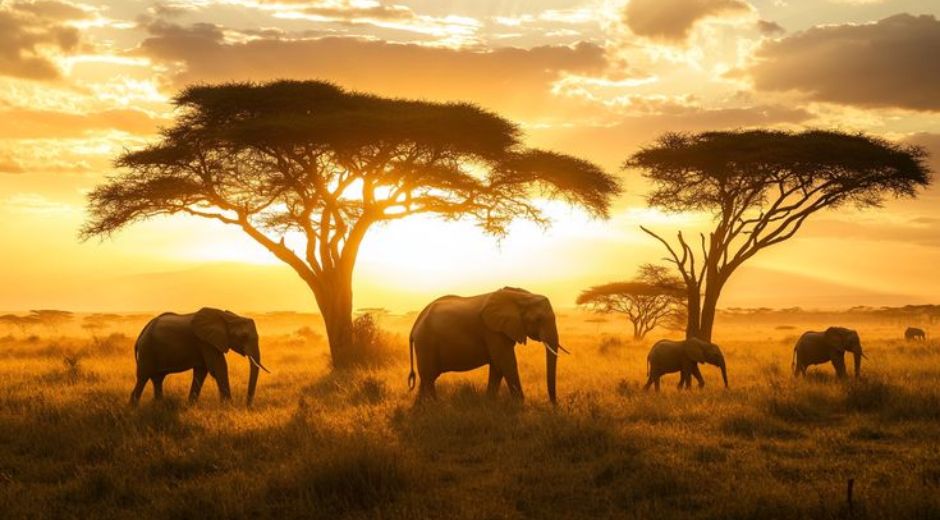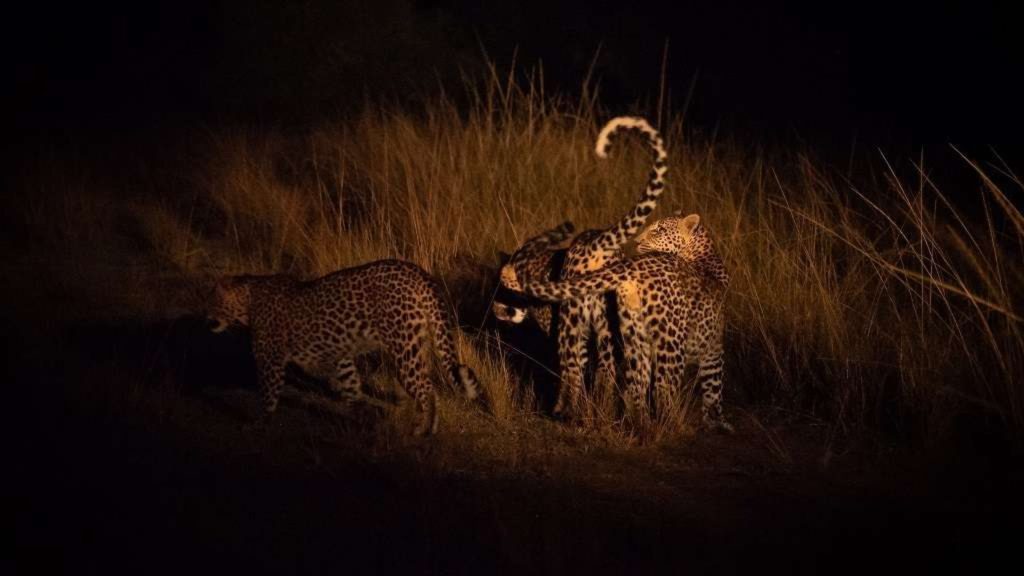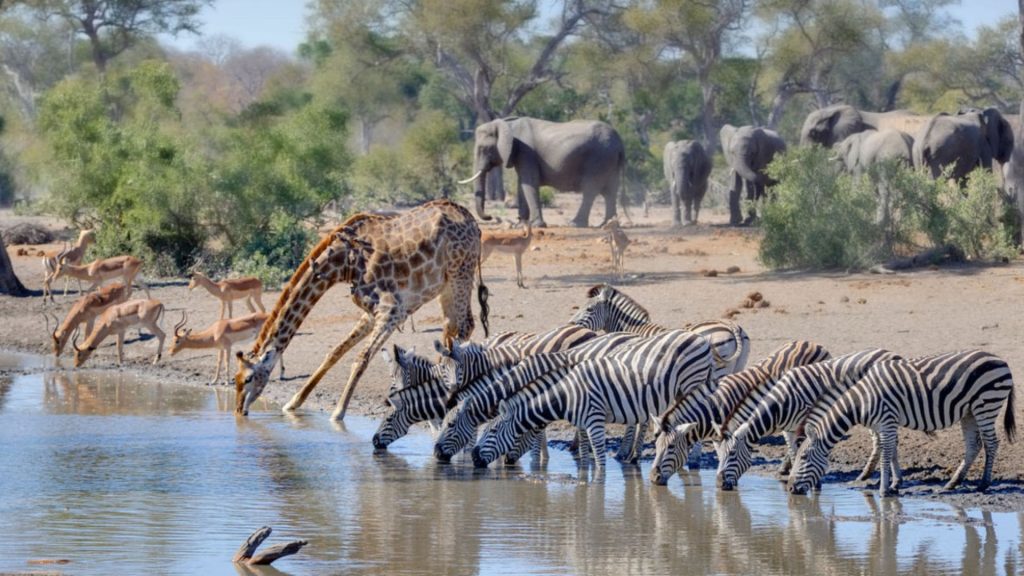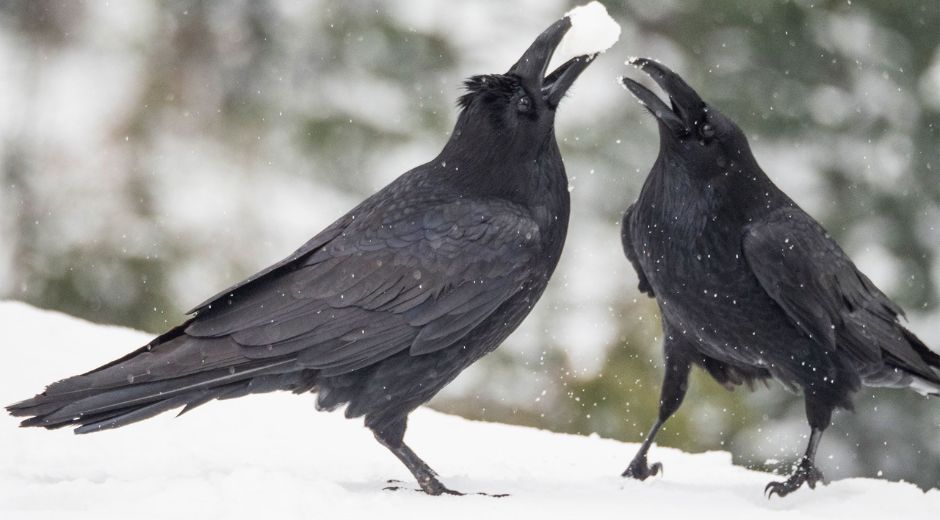Signals & Gestures: Decoding Nonverbal Animal Communication
Signals & Gestures: Decoding Nonverbal Animal Communication
Communication is not just about sounds or words. Across the animal kingdom, species convey meaning and intention through body language, postures, and subtle gestures. Understanding these nonverbal signals provides insight into social structures, survival strategies, and even emotional states of animals. From the sway of a tail to the flick of an ear, these physical cues form a complex language that has evolved over millions of years.
The Role of Nonverbal Signals in the Wild
Animals rely on physical signals as a primary form of communication for many crucial purposes: warning of danger, signaling submission, attracting mates, or coordinating group behaviors. In predator-prey relationships, subtle movements can mean the difference between life and death. For instance, deer may freeze or flick their tails to signal potential threats to the herd, while birds may spread wings or ruffle feathers as a warning.
Some species even combine body language with vocalizations to amplify their message. According to research shared by Animal Planet, primates often pair specific hand movements or postures with calls to convey more nuanced information. This combination of signals increases clarity, especially in dense habitats like forests or grasslands.
Primates: Masters of Gestural Communication
Primates, including chimpanzees, gorillas, and bonobos, are among the most sophisticated users of nonverbal cues. Observational studies reveal that primates rely heavily on physical signals to establish social hierarchies, express needs, and resolve conflicts. For example, a chimpanzee may extend an open hand toward a companion to request food or grooming, while subtle facial expressions accompany these movements to enhance meaning.
Young primates learn these behaviors through imitation, a form of social learning that strengthens group cohesion. The study of primate communication, highlighted on Zoopora, shows that these actions are not random; they follow specific patterns understood by members of the group. This structured approach to communication demonstrates cognitive complexity and social intelligence.
Marine Mammals: Silent Signals of the Deep
While land animals rely on visual and tactile cues, many marine species use gestures adapted to their aquatic environment. Dolphins, for instance, employ fin movements, body postures, and coordinated swimming patterns to communicate with pod members. Whales, too, engage in intricate behaviors such as breaching and tail-slapping, signaling both aggression and courtship intentions.
These gestures are critical because sound travels differently underwater, and visual cues often supplement vocalizations. According to marine studies, recognizing and interpreting these signals helps researchers understand social dynamics and group decision-making in the ocean’s complex ecosystems.
Birds and the Art of Visual Communication
Birds use a wide array of gestures to convey messages. Tail fanning, wing flapping, and head bobbing are common methods to attract mates, intimidate rivals, or signal alarm. For example, peacocks display extravagant feather spreads during mating rituals, combining visual flair with subtle movements to communicate vitality and genetic fitness.
Smaller birds, such as sparrows and finches, also rely on subtle body signals like wing flicks or hopping patterns to convey intent. Ornithologists often observe these movements to decode nesting behavior, territorial disputes, and social interactions within flocks. Visual cues are particularly important in species that inhabit open landscapes where sound may be distorted or less effective.
Insects: Tiny But Expressive
Even insects, often underestimated, use gestures to navigate their social world. Ants employ antennal movements and body postures to share information about food sources and colony status. Bees perform the famous “waggle dance,” a complex gesture that communicates the direction and distance of nectar sources to fellow hive members. This form of nonverbal communication demonstrates that even creatures with tiny brains can exhibit highly organized signaling systems.
Interpreting Gestures: Challenges and Insights
Decoding gestures is not always straightforward. Many signals are context-dependent, meaning the same movement can convey different messages based on timing, environment, or accompanying behaviors. For example, a tail flick in one species might signal irritation, while in another it indicates alertness.
Ethologists and wildlife researchers use careful observation and longitudinal studies to interpret these signals accurately. Technological advancements, such as high-speed cameras and AI-assisted tracking systems, have further enhanced the ability to study gestures in detail. These tools help uncover the subtle complexities of animal behavior, allowing us to better understand their social and emotional lives.
The Importance of Gestures for Conservation
Understanding nonverbal communication is crucial for wildlife conservation. By interpreting gestures, researchers can gauge stress levels, mating readiness, and social conflicts in endangered species. For example, studying the gestures of gorillas in captivity has informed enclosure design and enrichment programs to promote natural behaviors.
Moreover, conservation programs that reintroduce species into the wild rely on knowledge of gestures to ensure animals can successfully integrate into social groups. Misinterpreting these signals could lead to conflicts or failure to adapt. The insights gained not only improve animal welfare but also strengthen conservation strategies, creating a more harmonious relationship between humans and wildlife.
Human Insights from Animal Gestures
The study of animal gestures also offers lessons for humans. Many behaviors, such as empathy, cooperation, and social bonding, are mirrored in our own interactions. Observing how animals communicate without words highlights the universal importance of body language, facial expressions, and subtle cues in maintaining social cohesion.
Research indicates that humans can improve empathy and communication skills by studying animal behaviors. The same way primates and dolphins adjust their gestures based on social context, humans can become more attuned to nonverbal signals in daily life, enhancing relationships and emotional intelligence.
Future Directions in Gesture Research
The field of animal communication continues to evolve. Emerging technologies, including AI-driven video analysis and bio-logging devices, allow for continuous monitoring of gestures in the wild. By combining these tools with field observations, scientists aim to map the “language” of animals more comprehensively than ever before.
Collaborative studies between zoologists, ethologists, and conservationists are shedding light on interspecies communication, revealing that gestures are not just functional but also emotionally expressive. Understanding these signals provides a window into the inner lives of animals, challenging our perception of intelligence and sentience.
Conclusion
Nonverbal communication, expressed through gestures, forms a vital component of animal behavior. From the playful antics of primates to the choreographed dances of bees, these signals govern survival, social cohesion, and emotional expression. By studying and interpreting these behaviors, we deepen our appreciation for the intelligence and adaptability of wildlife.
Whether it’s a subtle flick of the tail, a precise hand movement, or a coordinated waggle dance, gestures are powerful tools that enable animals to navigate their complex worlds. As humans continue to study and learn from these behaviors, we gain insights that not only aid conservation efforts but also enrich our understanding of the intricate tapestry of life on Earth.
For more insights into animal behavior, visit Zoopora and explore detailed guides and studies. Additional resources can be found on Animal Planet and AutoShiftWise for a deeper look into wildlife research and technology-aided observations.
Wildlife Behavior Curiosity

Training and Trust: Building a Stronger Bond with Your Pet
Discover why biodiversity is vital for ecosystems, climate balance, and human survival, and how conservation protects life’s intricate web.

Biodiversity: The Foundation of Earth’s Living Systems
Discover why biodiversity is vital for ecosystems, climate balance, and human survival, and how conservation protects life’s intricate web.

Adaptation: How Animals Evolve to Survive Changing Worlds
Explore how adaptation helps animals survive climate shifts, predators, and new environments, revealing nature’s incredible resilience.
